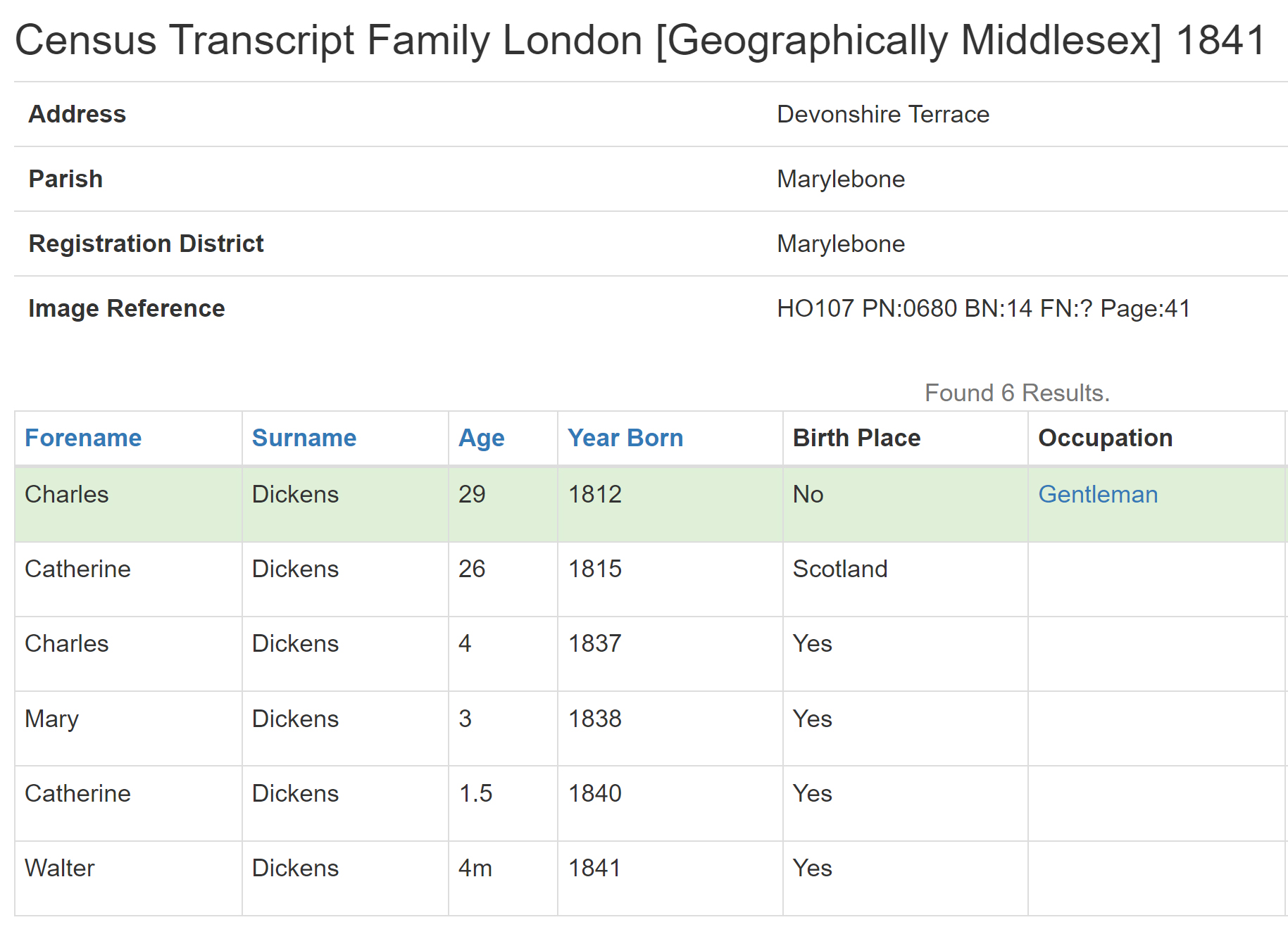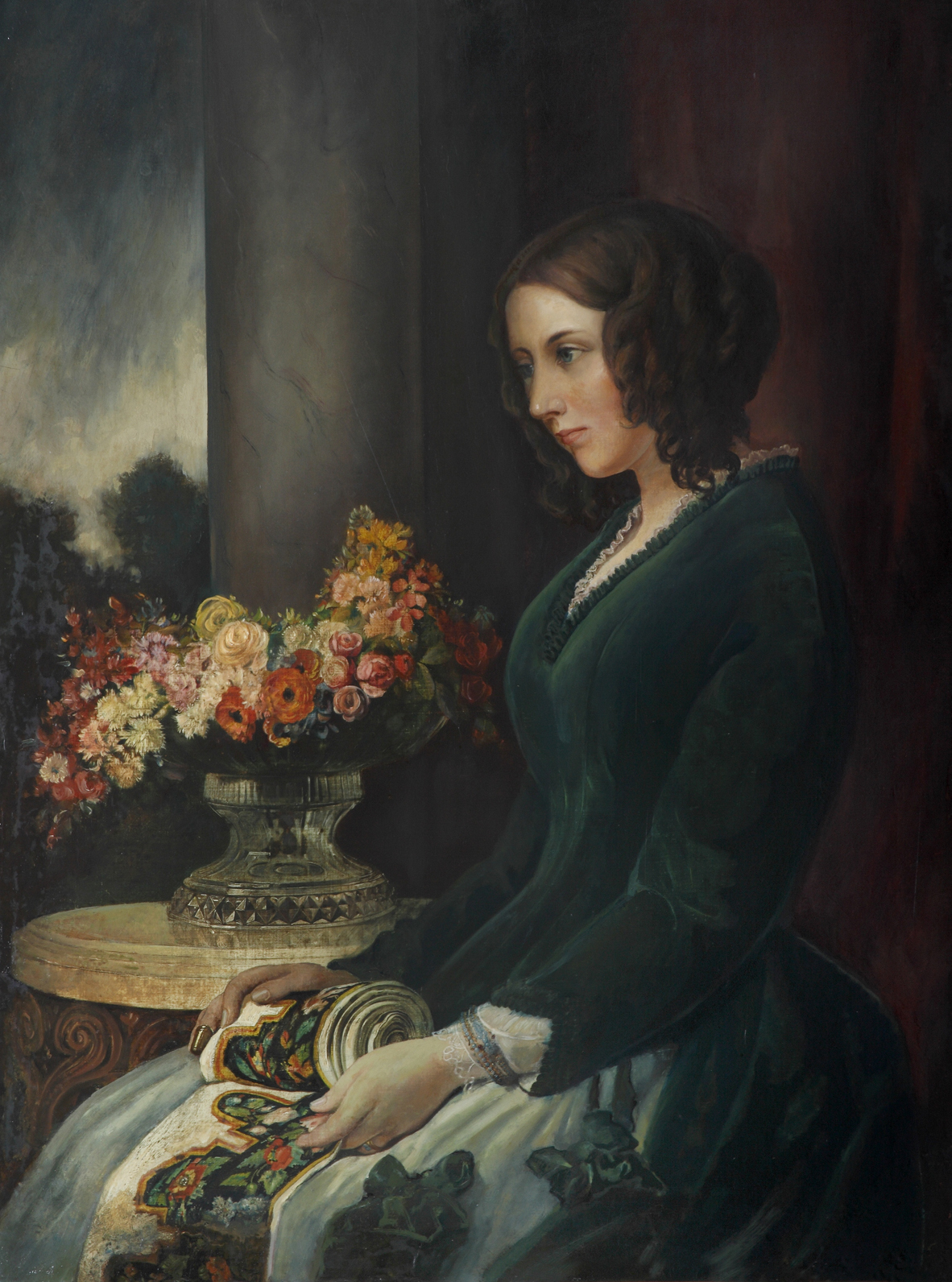On the 7th of February 2012, we marked two hundred years since the birth of the author Charles Dickens. Celebrations of his life will take place around the country, including a wreath laying ceremony at his grave in Poet’s Corner, Westminster Abbey and at his birth place in Portsmouth. Attending the ceremony at Westminster is the largest ever gathering of his descendants, including his Great Great Grandson Mark Dickens who gave a reading to the congregation.
Charles was one of eight children born to John and Elizabeth Dickens. The Dickens family moved from Portsmouth to London in 1815 and then to Chatham in Kent. As a clerk in the Navy, John Dickens was able to send his son to be educated at the William Giles School in Chatham, but he continued to spend beyond his means and was eventually sent to the Marshalsea debtor’s prison in Southwark in 1824. With his family now destitute and with no means to pay for his education, 12 year old Charles had to work ten hour days, pasting labels onto shoe polish, in harsh and often cruel conditions at Warren’s Blacking Warehouse. Dickens’ time at the warehouse had a profound effect on him, and despite his best attempts to mask his impoverished past, it clearly influenced many of his later writings such as Great Expectations and David Copperfield, and formed the basis of his interest in social reform. One of the boys who helped show him the ropes on his first day at work was also named Bob Fagin, a name that later appeared in one of Dickens’ most famous novels Oliver Twist. Many of the characters in Dickens’ work are based on the people that he met during his life.
He worked in harsh and often cruel conditions
In 1827, Dickens’ began working as a junior clerk in the law office of attorneys Ellis and Blackmore at Gray’s Inn. He learnt shorthand in his spare time and then left to become a freelance reporter. He published his first story in a London periodical in 1833 and married Catherine Hogarth in 1836, eldest daughter of the Evening chronicle’s editor. The couple settled down to family life in London having four children by 1841 as shown by the census.


In 1842 he took a trip to America leaving Catherine’s sister Georgina in charge of their young children. Upon returning to London, Dickens wrote ‘A Christmas Carol’, which is said to have been written in only a few weeks. Over the following years, Dickens made various trips abroad to Italy and Switzerland and wrote other famous works such as David Copperfield, Bleak House and Little Dorrit. With his increasing income, he was able to purchase Gad’s Hill Place in Higham, Kent which he had often walked past as a child and dreamt of one day living there.
He dreamt of one day living there
Dickens continued to use his popularity and status to highlight social causes, forcing the Victorians to see the hardships that were being endured by the poor and the disadvantaged. He also helped Great Ormond Street Hospital through its first major financial crisis. Speaking at the hospital’s first annual festival at the St Martin-in-the-Fields Church Hall, he raised enough money for the hospital to purchase a neighbouring house and increase its capacity from 20 beds to 75. An issue of the Illustrated London News from the 9th February 1850 shows Dickens supporting a government petition to improve sanitisation in the centre of London, and reduce the amount of disease such as cholera and typhus. The Illustrated London News has many references to his charitable work, his literary work and various stage appearances, the newspaper is available to search for Diamond subscribers on TheGenealogist.
Access Over a Billion Records
Try a four-month Diamond subscription and we’ll apply a lifetime discount making it just £44.95 (standard price £64.95). You’ll gain access to all of our exclusive record collections and unique search tools (Along with Censuses, BMDs, Wills and more), providing you with the best resources online to discover your family history story.
We’ll also give you a free 12-month subscription to Discover Your Ancestors online magazine (worth £24.99), so you can read more great Family History research articles like this!


He forced others to see the hardships that were endured by the poor
Dickens and his family can also be found in the 1861 census of London, the year that his novel ‘Great Expectations’ was published. Dickens is easily found by entering Charles Dickens and author in the keyword search. At this time, he was also the publisher and editor of various journals including ‘All the Year Round’, a Victorian periodical which contained the serialization of major works such as ‘A Tale of Two Cities’.

On the 9th June 1865, whilst returning from Paris, Dickens was involved in a train crash and was in the only carriage which had not been derailed. He helped the wounded and dying whilst waiting for rescuers to arrive. He made his last public appearance at a Royal Academy for the Prince and Princess of Wales in May 1870 before suffering a stroke on the 8th June and died the next day, five years exactly from the day of the Staplehurst rail crash.
He was the publisher and editor of various journals
Dickens’ close friend John Forster, also a writer, published the first volume of ‘The Life of Charles Dickens’ in 1872. This is available on TheGenealogist.co.uk along with ‘Sketches by Boz’, a collection of short stories published by Dickens in 1836 in various newspapers and periodicals. ‘Sketches by Boz’ provides a useful insight into the lives of the Victorians living in London, with stories ranging from a family dinner to people riding on the omnibus. These records are available free to all Premium and Personal Plus subscribers on TheGenealogist.co.uk to access them, go to the ‘Reference Books’ section on your ‘Research View’.
You can see the many branches of Dickens’ extended family on TreeView our free online tree building program. Click here to view Dickens’ family tree.






